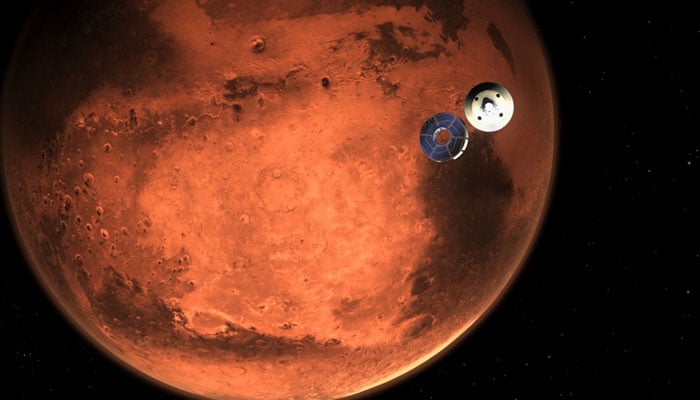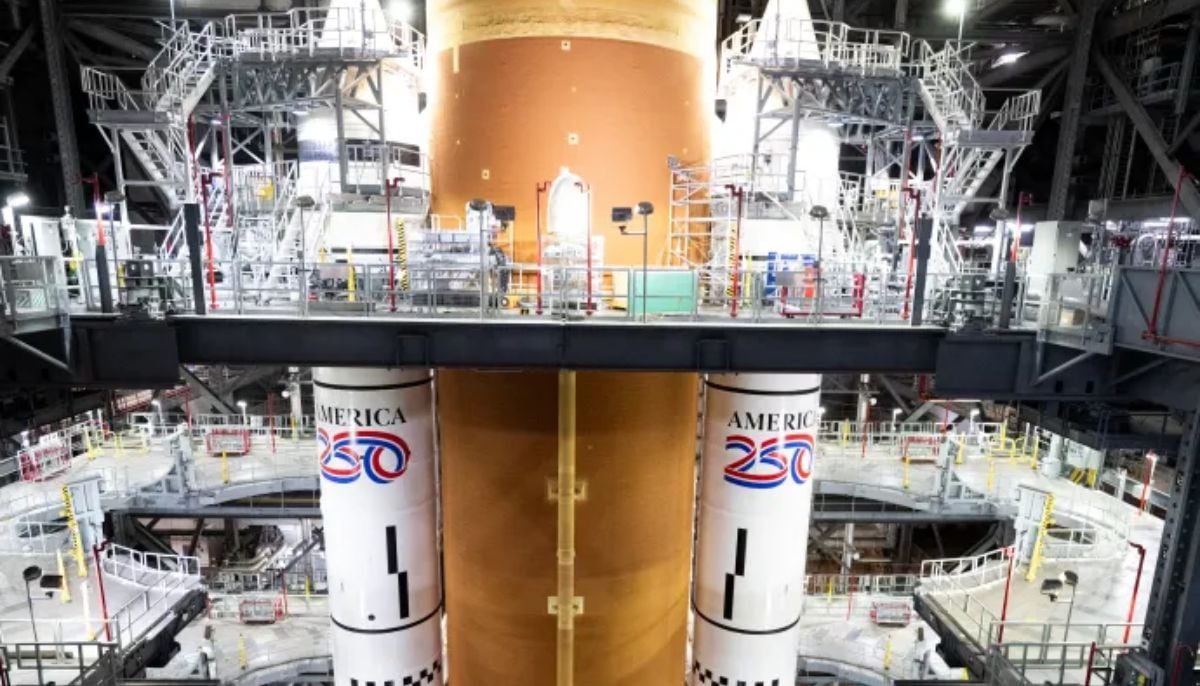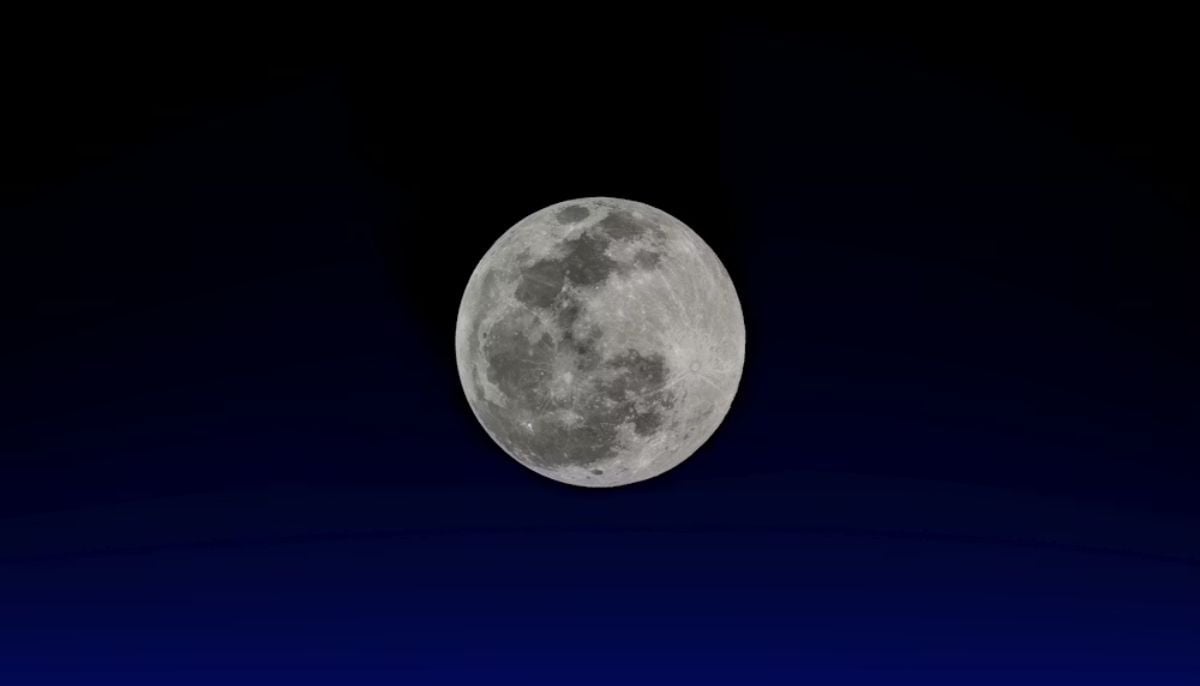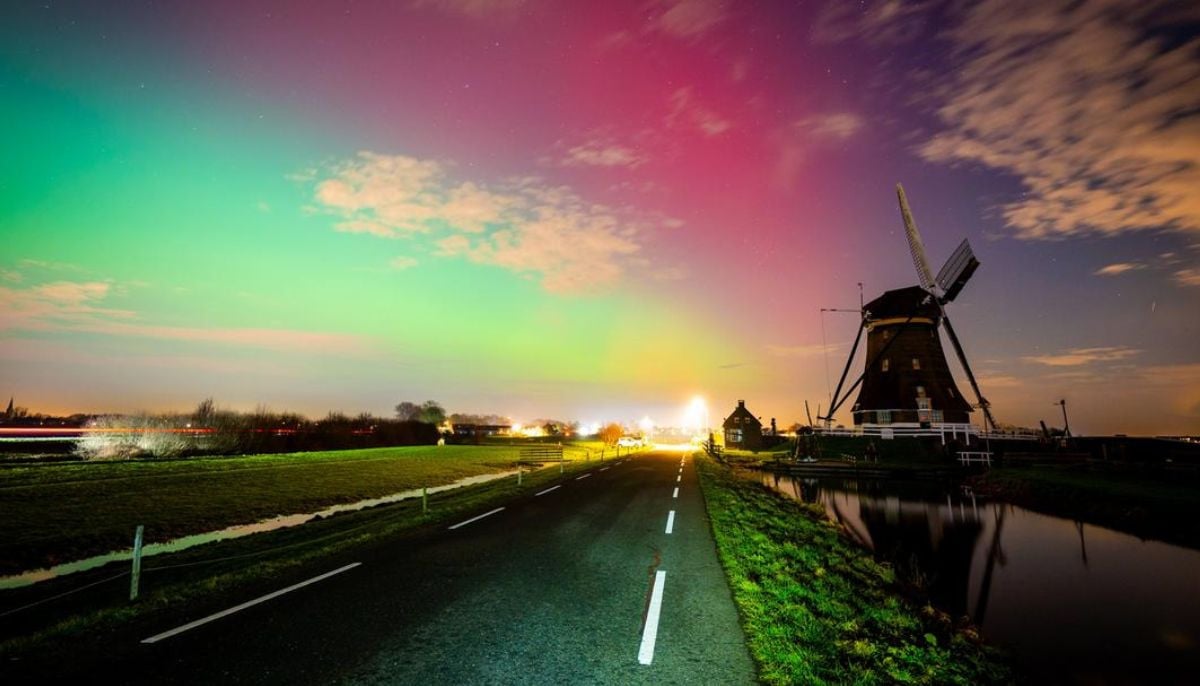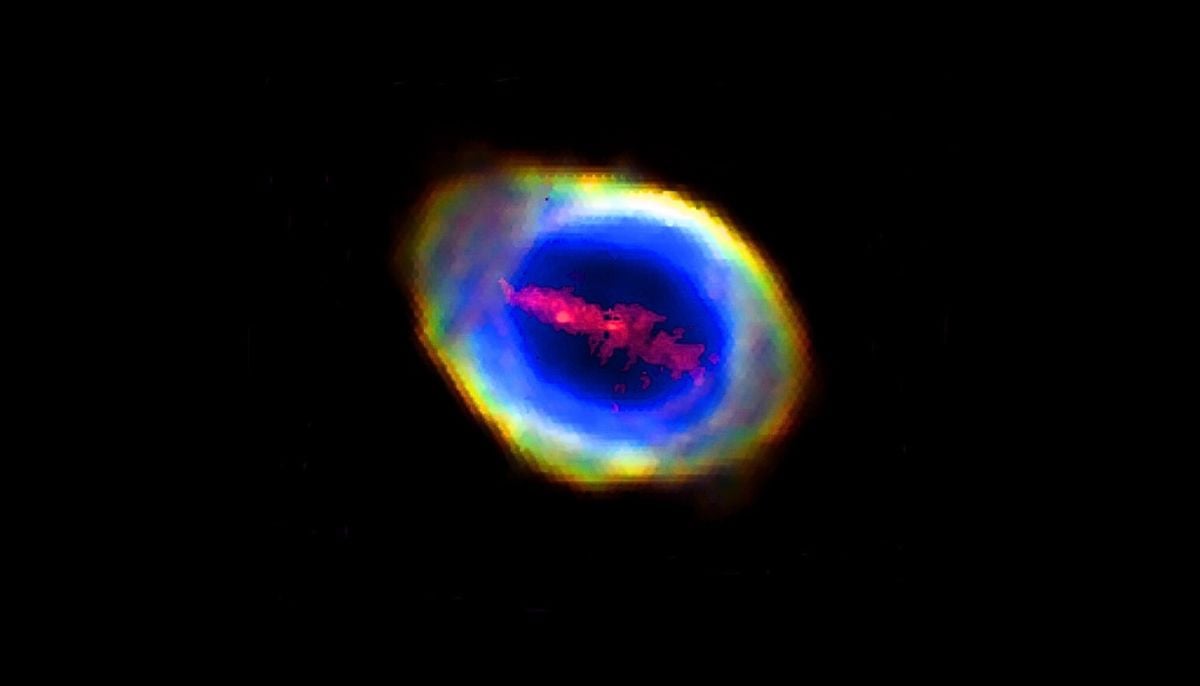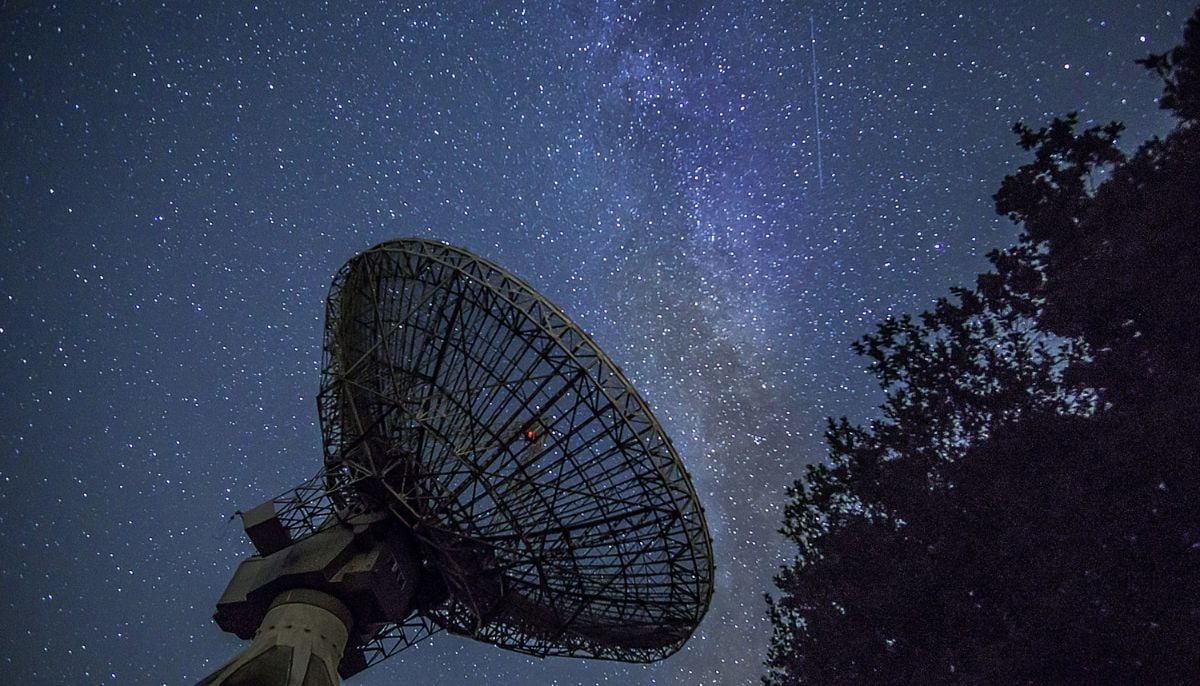Dear future Martians: Here are coolest tourist destinations on planet Mars
Mars is likely to become second home for humans after Earth
Enormous volcanoes, profound gorges, and craters that might or might not have flowing water are just a few of Mars's striking differences fascinating future space travellers and tourists.
As the Red Planet's places have been revealed by scientists, it is considered to be an incredible place for tourists to explore in the future. For logistical and safety considerations, these future missions' landing locations will probably have to be flat plains, according to Space.
Following are some places that future Martians might travel to.
Olympus Mons
Massive shield volcano Olympus Mons was created when lava gradually made its way down the mountainside. Given that the mountain's average slope is only 5%, this suggests that future explorers will likely find it easy to climb. Its peak is home to a breathtaking depression that is 53 miles (85 km) wide. This depression was created when magma chambers lost lava, perhaps during an eruption, and collapsed.
Tharsis volcanoes
It is worthwhile to stay and take a look at some of the other volcanoes in the Tharsis region while you are climbing around Olympus Mons. According to Nasa, 12 enormous volcanoes can be found on Tharsis within an area that is around 2500 miles (4000 km) broad.
Similar to Olympus Mons, these volcanoes often have significantly larger sizes than those on Earth, most likely due to Mars's lesser gravitational pull, which permits the volcanoes to reach higher elevations. It's possible that the eruptions from these volcanoes lasted up to two billion years, which is half of Mars's history.
Valles Marineris
Not only does Mars have the biggest canyon in the solar system, but it also has the greatest volcano. Nasa estimates that Valles Marineris is around 1850 miles (3000 km) long. When compared to the Grand Canyon's approximate length of 500 miles (800 km), it is around four times longer.
The North and South Poles
Our views of the South Pole come from orbiters, while the North Pole was examined closely by the Phoenix lander in 2008. Mars has two frozen areas at its poles, each with a somewhat different composition. According to Nasa, the wintertime temperatures close to the north and south poles are so low that carbon dioxide condenses onto the surface of the atmosphere to form ice.
Gale Crater and Mount Sharp (Aeolis Mons)
Gale Crater, made well-known by the 2012 arrival of the Curiosity rover, has a wealth of historical water-related artefacts. Within weeks of landing, Curiosity discovered a streambed and discovered more widespread signs of water throughout its trek down the crater floor.
In addition, Mount Sharp (Aeolis Mons), a local volcano, is currently being ascended by curiosity in order to examine the geological characteristics found in each of its strata.
Medusae Fossae
One of the most peculiar places on Mars is Medusae Fossae as some have even theorised that it may contain proof of a crashed UFO. The most plausible theory is that it is a massive volcanic deposit, roughly equivalent in size to one-fifth of the US. Winds shaped the boulders into some stunning patterns over time. However, in order to understand how these volcanoes created Medusae Fossae, more research will be required.
Recurring Slope Lineae in Hale Crater
Recurring Slope Lineae (RSL) are an odd characteristic found on Mars that typically emerge on the edges of steep craters in warm weather. However, identifying these RSLs is challenging.
Images from Hale Crater (and other locations) are presented here that highlight areas where spectroscopy detected traces of water. Nasa first declared in 2015 that the hydrated salts had to be indications of surface water flow, however, subsequent studies suggested that the RSL might have developed from dry sand flows or atmospheric water.
"Ghost Dunes" in Noctis Labyrinthus and Hellas basin
Since the water disappeared and its atmosphere weakened, the wind takes over most of Mars these days. However, there is a lot of evidence of previous flooding, such as "ghost dunes" in the Hellas basin and Noctis Labyrinthus. Tens of metres tall dunes once stood in these areas, according to researchers. The bases of the dunes were retained but the tops eroded away when the dunes were later inundated by lava or water.
-
Startup aims to brighten night skies with space mirrors
-
'Harry Potter' star Brendan Gleeson reluctantly addresses JK Rowling's trans views
-
Bamboo: World’s next sustainable ‘superfood’ hiding in plain sight
-
NASA Artemis II rocket heads to the launch pad for a historic crewed mission to the Moon
-
Blood Moon: When and where to watch in 2026
-
Elon Musk’s Starlink rival Eutelsat partners with MaiaSpace for satellite launches
-
Blue Moon 2026: Everything you need to know
-
Scientists unravel mystery of James Webb’s ‘little red dots’ in deep space
